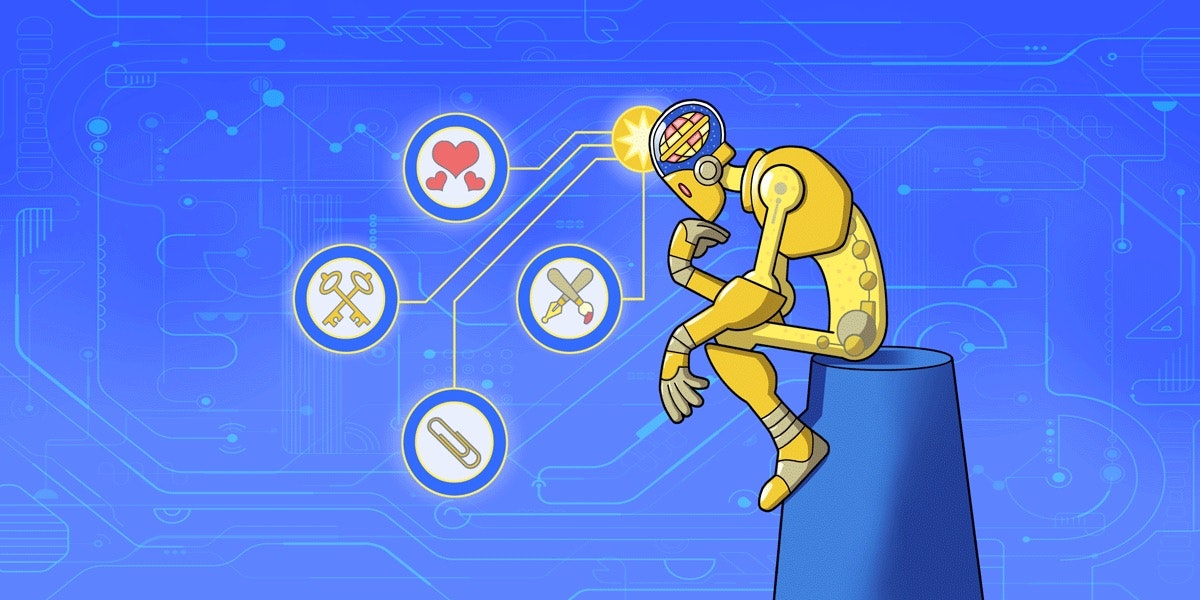526 reads
Fight Fire with Fire: Using Good AI to Combat Bad AI

Too Long; Didn't Read
In 2020, there were only three registered cases where audio deepfakes were used against their clients. Robocalling is one of the biggest consumer complaints they receive daily, according to the Federal Communications Commission. Cybercriminals refine their scamming schemes and wage more advanced and sophisticated attacks. The only way to fight malicious AI would be through the same neural networks that create them, says Irakli Beridze of the Center on AI and Robotics at the UN Interregional Crime and Justice Research Institute.Tech storyteller & interviewer
Learn More
LEARN MORE ABOUT @VICEASYTIGER'S
EXPERTISE AND PLACE ON THE INTERNET.
EXPERTISE AND PLACE ON THE INTERNET.
L O A D I N G
. . . comments & more!
. . . comments & more!

